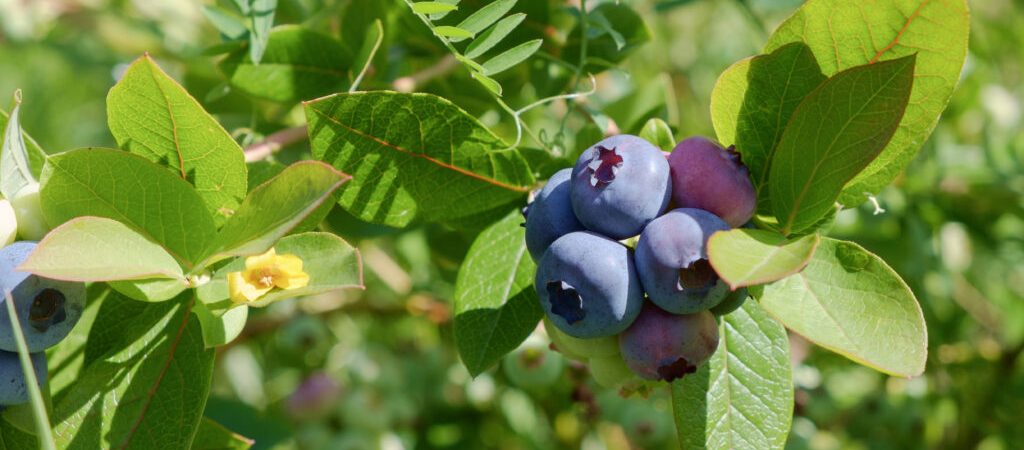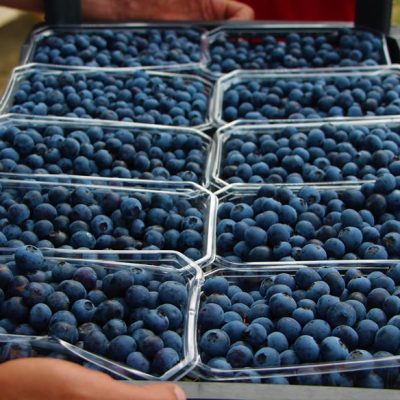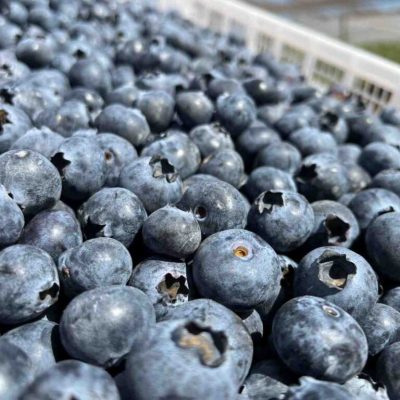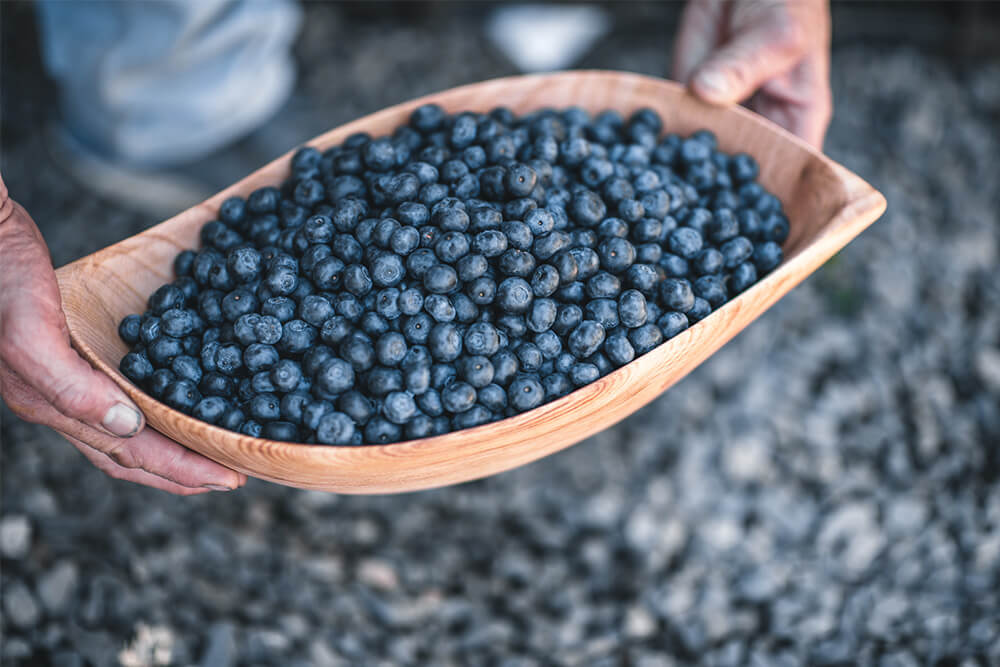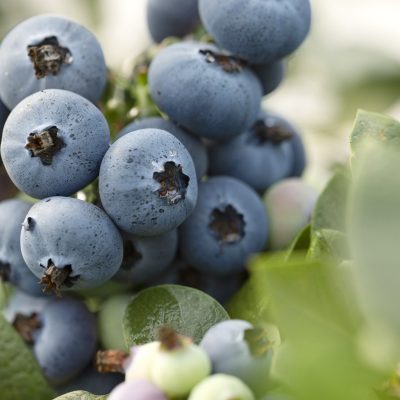North American Blueberry Council: Consistent retail presence is critical for the success of U.S. growers
- . April 21, 2025
As trade policy uncertainty looms, the North American Blueberry Council (NABC) and U.S. Highbush Blueberry Council (USHBC) head says stability and year-round visibility are key to the industry’s long-term growth.
“The NABC informs, advocates for, and brings together a powerful membership of growers, fruit brokers, processors, food manufacturers, and others connected to the blueberry industry,” Kasey Cronquist, President of the NABC and USHBC, said to FreshFruitPortal.com. “Our mission is to be the united voice, advocate, and resource serving the interests of the highbush blueberry industry.”
He added that since 1965, the NABC has been the voice of the blueberry industry in the U.S. and Canada and has been an instrumental association in the establishment of the USHBC, a federal agriculture research and promotion program with independent oversight from the U.S. Department of Agriculture (USDA).
For years, the United States and Canada have collaborated to ensure a consistent supply of blueberries in both countries. Now, Donald Trump’s focus on establishing tariffs on relationships with, as he said, friends and foes alike, might disrupt the symbiotic relationship between long-time partners.
“The U.S. is a net importer of blueberries, counter-seasonal imports drive year-round consumer demand,” said Cronquist. “A consistent retail presence of fresh blueberries is critical to making blueberries a household staple and supports the success of U.S. growers.”
The U.S. is a major importer and exporter of blueberries. According to the USDA, in 2024, fresh blueberry export volumes increased 36% year-over-year to 104 million pounds — the highest on record and the first time they have exceeded 100 million pounds. Canada is the top market for U.S. exports, accounting for 94% of volume in recent years
Cronquist said that throughout the United States’ relationship with Canada, things have operated as if there is no border.
“U.S. berries are transported to Canada for processing and/or cold storage and then returned for packaging and are sold in the U.S. market,” he explained.
Many have predicted losses if tariffs increase, but Cronquist remains optimistic about the current situation, as no significant changes have occurred yet.
“Right now, there is a 0% tariff on USMCA-compliant products, which include blueberries,” he said. “So far, none of the countries that we export to have retaliated to the reciprocal tariffs; in fact, some of the largest trading partners are at the table negotiating with the Trump administration.”
This season is also not expected to be affected by reciprocal tariffs. “Imported blueberries from Chile and Peru are subject to a 10% reciprocal tariff; however, import seasons are several months out, and a lot can change between now and then,” he added.
The organizations are optimistic about the tariff conversation due to negotiations with countries such as Japan, India, and Vietnam, which currently impose tariffs on U.S. blueberries.
“In the case of Japan, we have been advocating for the elimination of their tariff on frozen blueberries (6% for unsweetened and 9.6% on sweetened) since they were left out of the U.S.-Japan Trade Agreement,” he added. “Vietnam and India are emerging markets for U.S. blueberry exports. However, high tariffs have limited export growth. Vietnam tariffs are 15% on fresh, 30% on frozen and dried; India is 10% on all forms.”
However, the belief that counter-seasonal imports drive year-round consumer demand and are the main way to make blueberries a household staple in the United States remains top of mind, so the organizations will continue to “advocate for the U.S. blueberry industry’s export market priorities, and for a level playing field for U.S. growers to be competitive.”
“We also intend to engage in the upcoming reevaluation of the United States-Mexico-Canada Agreement (USMCA) and advocate for fair and free trade that supports the industry and ensures U.S. consumers have access to blueberries year-round,” Cronquist said.
21.04.2025
Source: Freshfruitportal.com

